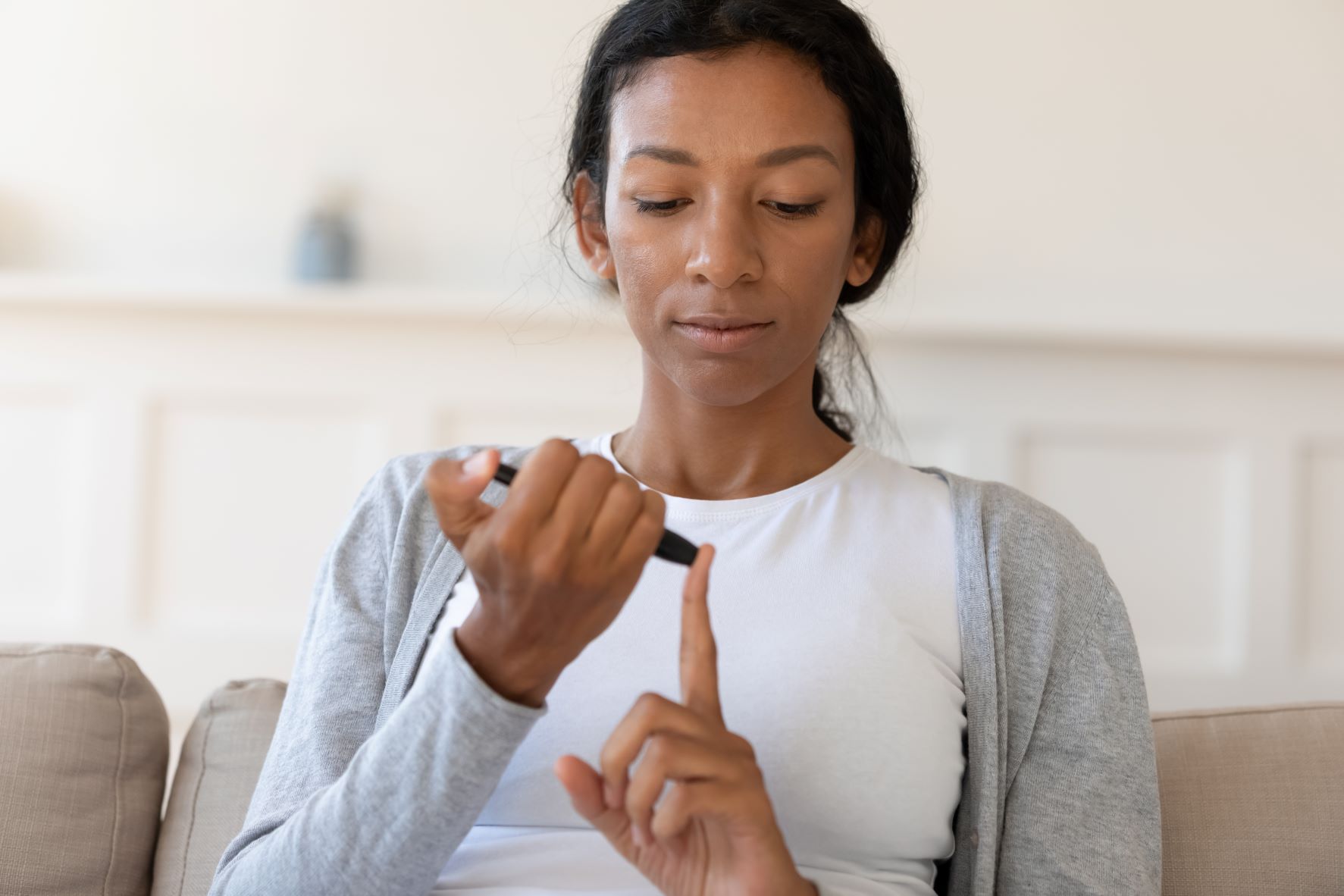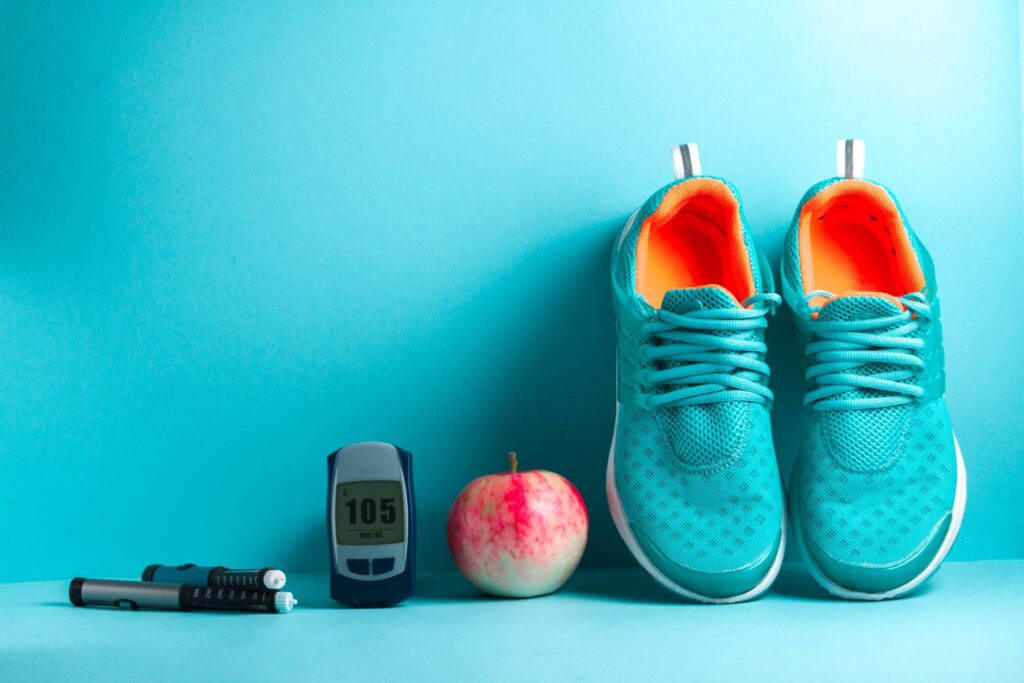3 Ways To Care For Diabetic Patients At Home

Diabetes is a serious disease. Unfortunately, it has no cure. Once a patient has been diagnosed with diabetes, it’s something they’ll have to live with for the rest of their lives. But you can manage diabetes properly so your quality of life doesn’t change. Most importantly, your diabetes won’t escalate as well.
If you have a diabetic patient at home, then you have to be ready for the commitment of round-the-clock care. This is a lifelong commitment to ensure they stay at their best health possible. But all these efforts will eventually be worth it when you’re able to help the patient avoid serious and possibly life-threatening conditions.
Here’s your guide to walk you through how you can properly care for a diabetic patient at home:
1. Encourage Regular Exercise

Apart from maintaining a good diet, regular exercise is also highly recommended. Before starting with any exercise routine, however, be sure to discuss this first with the patient’s doctor. There may be some exercise routines that’ll be too strenuous for them, especially if they suffer from high blood pressure due to diabetes. It’s best to call for home service care from physicians, nurses, and even physical therapists from medical providers like promontoryhomehealth.com to help with the exercise routines.
You can start with simple light exercises at home so it won’t be too hard for the patient to start with. If you can join them, then do so. That’ll encourage them even more to keep exercising. If this is the first time you’ve ever started with an exercise routine, you can begin by starting every other day. Then slowly increase it to half an hour of physical exercise every day.
Some of the best exercises you can do include jogging, swimming, and biking. Furthermore, engaging in physical activity is helpful for patients who suffer from diabetes for the following reasons:
- It gives you more energy.
- It keeps your weight in check.
- It keeps your heart and lungs in good, working condition.
Be sure also to remember the following general guidelines for safe exercise with patients with diabetes:
- If the patient takes insulin, exercise right after eating and not before meals. Do test your blood sugar to ensure you won’t exercise if your insulin level is above 240.
- If the patient doesn’t take insulin, ask the doctor for recommended exercise routines.
When you’re caring for someone with diabetes at home, you can incorporate daily exercise in your care routine, along with a carefully created diabetes checklist here—after checking with your physician, of course.
2. Learn Which Foods And Beverages To Avoid

One of the most important key players in helping a loved one at home manage their diabetes well is by understanding which foods and beverages to avoid. Certain food can, unfortunately, increase their blood sugar and insulin levels. This increases the risk of side effects and complications brought about by diabetes.
To start with, here are some foods and beverages to avoid serving a patient with diabetes:
- Sugar-Sweetened Beverages: These are the worst for anyone with diabetes. Think soda and juice with artificial sweeteners. These drinks may also have high fructose content, which is directly linked to insulin resistance.
- White Bread, Pasta, and Rice: These are characterized as processed food. For patients with type 1 and type 2 diabetes, regular consumption of these processed foods can create a spike in blood sugar levels.
- Sweetened Breakfast Cereals: If you love cereals, then limit it to healthier options paired with oat, almond, soy, nonfat, or skimmed milk. Sweetened breakfast cereals have very low protein content, which is needed to keep you feeling full for longer so as not to keep craving for more food, which in turn can also cause insulin levels to increase.
- Honey, Maple, And Agave Syrup: Even if these are natural sugars, they still have high sugar content.
- Packaged Snack Food: These have very low nutrient content, and are made with refined flour and fast-digesting carbohydrates which can increase your blood sugar level.
Along this line, if your loved one has gotten used to taking in these foods and beverages before their diagnosis, you can also help them with the adjustment by not having these food and beverages at home. If you want to eat it, then have it outside your home. By doing so, the patient won’t be tempted to eat any by seeing someone else enjoying these foods and beverages. Doing this may be a big adjustment for you as well, but in the long run, as you take care of your diabetic patient, you’re improving your health too.
3. Serve The Best Food To Help Control Diabetes

Now that you’re aware of the food to avoid serving for patients with diabetes, it’s important also to touch on which food to serve to control blood sugar levels. These are food choices which can also help to prevent the onset of complications resulting from diabetes like heart, liver, and kidney disease. Here’s a list of which foods you should keep in a house with a patient with diabetes:
- Fatty Fish: Salmon, herring, and mackerel are good sources of omega-3 fatty acids, which is good for heart health. This is all the more needed by diabetic patients who have a higher risk of stroke and other heart conditions.
- Avocados: Avocados are one of the healthiest fruits. Each serving will give you approximately less than 1 gram of sugar and a lot of fiber. This is a great snack option for diabetic patients.
- Chia Seeds: These are rich in low, digestible carbs, which don’t raise blood sugar. Chia seeds help you achieve a healthier weight, as the fiber keeps you full for longer and reduces hunger.
- Greek Yogurt: This is a good dairy choice, as it improves blood sugar management and reduces the risk of heart disease.
- Broccoli: Broccoli is considered one of the most nutritious vegetables. This may be effective at protecting against cellular damage and lowering insulin levels.
If you don’t have the time to make shopping for healthy food a part of your routine, you can take advantage of online deliveries, which would make deliveries more convenient for you, wherever your local area is. There are many good reasons for you to do, as enumerated in this website.
Conclusion
With the tips in this post, the most important things to remember in closing is that you aren’t meant to do all the care on your own, without the advice of a medical health professional. As the diabetic patient visits their doctor, listen to what the physician has to say as well. If you have any concerns, be sure to bring these up with the doctor, nurse and even a dietitian. By doing so, you’ll make no mistake in giving the diabetic patient at home the best care, even while at home. While diabetes has no cure, you can manage it well enough to keep their quality of life good.




